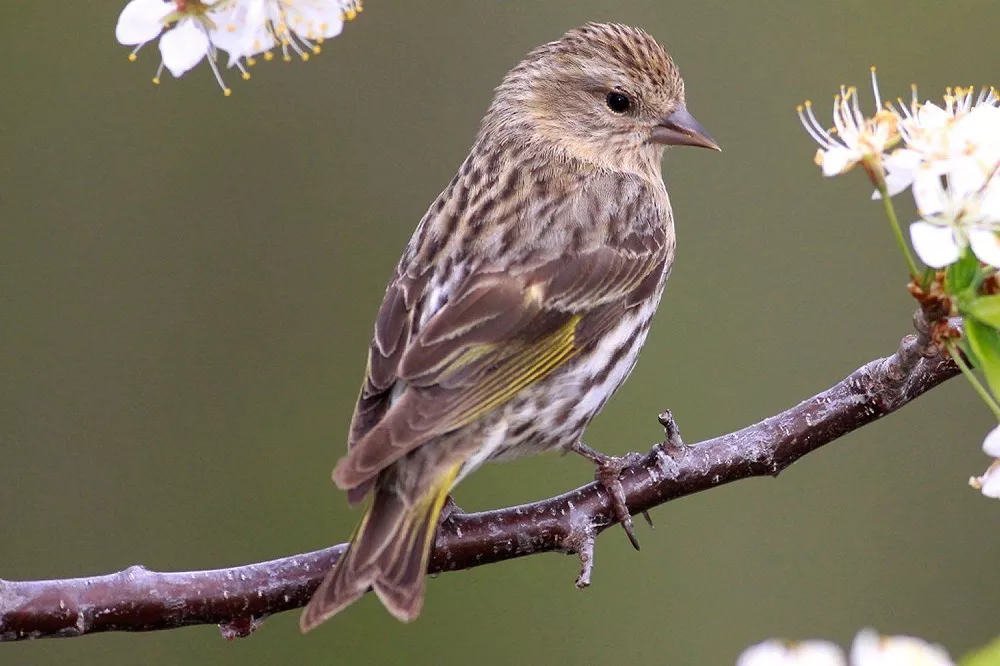Birdwatching is a favorite pastime for many people around the world, offering a unique opportunity to observe and appreciate the beauty of nature. Two species that bird enthusiasts often encounter are the Pine Siskin and House Finch. While both birds are members of the finch family, they differ in many ways, including their appearance, behavior, and habitat.
Appearance:
The Pine Siskin (Spinus pinus) is a small bird with a distinctive yellow-green plumage and brownish streaks on its back. It has a pointed beak, a forked tail, and a conical bill, which is adapted for cracking seeds. The male and female Pine Siskins are similar in appearance, although the female has slightly duller colors.
The House Finch (Haemorhous mexicanus) is a slightly larger bird with a red or orange head, breast, and rump. It has a streaky brown back, a rounded beak, and a slightly notched tail. Female House Finches are mostly brown with some streaking. The males have a bright red or orange coloration on their head and upper body, which can vary in intensity depending on the season and the individual bird.
Behavior:
The Pine Siskin is a highly nomadic bird and can be found across North America. It is known for its erratic and unpredictable movements, making it a difficult bird to spot. Pine Siskins are also known to be social birds and often travel in large flocks, which can number in the hundreds or even thousands. They are often seen clinging upside down to tree branches and feeders while eating seeds. Pine Siskins also have a unique habit of weaving their nests out of lichen, bark strips, and grass, making them a fascinating species to observe.
In contrast, House Finches are mostly sedentary birds and are commonly found in residential areas, gardens, and parks. They have a friendly and social demeanor and are known for their melodious song. They prefer to feed on seeds, fruits, and insects and can often be seen visiting bird feeders. House Finches are also known to form monogamous pairs and have been observed engaging in courtship displays during the breeding season.
Habitat:
Pine Siskins are primarily found in coniferous forests and are known to migrate south in large numbers during winter months. They can also be found in open woodlands, alpine meadows, and even suburban gardens. During their migration, Pine Siskins have been known to invade backyard bird feeders in large numbers, providing a unique opportunity for birdwatchers to observe them up close.
House Finches are common in urban and suburban areas throughout North America, where they can be found nesting in trees, shrubs, and on buildings. They are also known to migrate seasonally, although their migration patterns are not as well understood as Pine Siskins. House Finches are adaptable birds that can thrive in a variety of habitats, including deserts, grasslands, and forests.
Conclusion:
In conclusion, Pine Siskins and House Finches are both members of the finch family but differ in many ways, including their appearance, behavior, and habitat. While Pine Siskins are highly nomadic birds that can be found in a variety of habitats, House Finches are mostly sedentary birds that prefer residential areas. Pine Siskins are also known to be highly social birds and feed in flocks, while House Finches form monogamous pairs and have a melodious song. Regardless of their differences, both species provide a beautiful and fascinating addition to any birdwatcher’s experience.


 Facebook
Facebook  Instagram
Instagram  Youtube
Youtube 